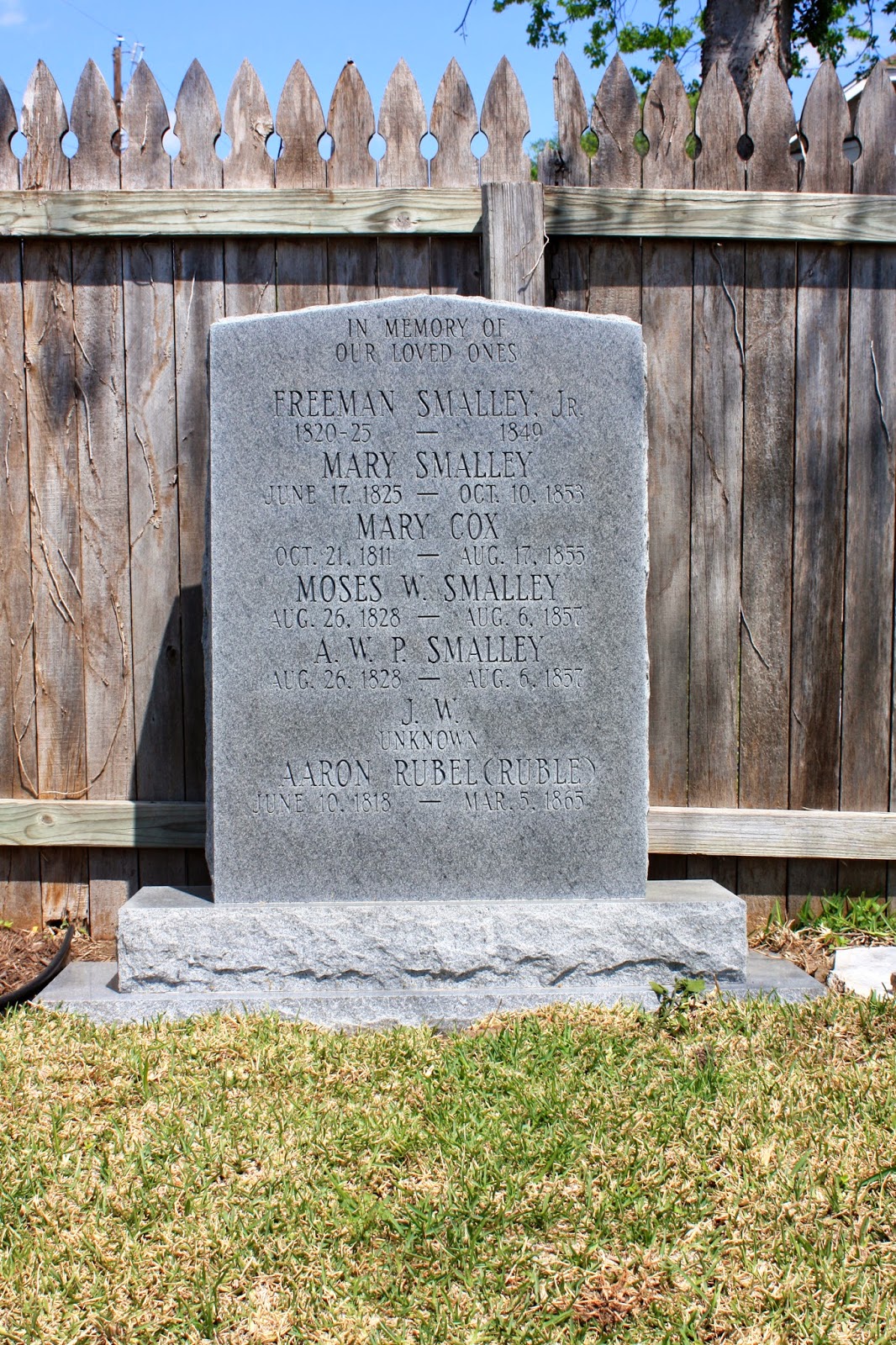Not sure if this is considered a Bronze Plaque or a Monument officially. Seems stuck in between to me. This is one of the 1936 Centennial markers commemorating Texas independence. Even when the light is good, it is hard to take readable photos of these. The light was particularly bad at this time of the day because it was coming from behind. Causing interesting lens flare issues. The pink granite maker number is 4550. This location on Main St.(FM 666) in San Patricio is a great place for marker hunters since there are six markers here.

Marker Text: Founded in 1830 by John McMullen and James McGloin as the seat of their irish colony under an empressario contract dated August 17, 1828 which was fulfilled by the empresarios 1830-1835. Named in honor of Saint Patrick the Patron Saint of Ireland. As the frontier outpost of Texas when the revolution began San Patricio 1835-1845 suffered all the miseries of that conflict with no compensating returns. At and near San Patricio, on February 27, 1836 general Jose Urrea's division of Santa Anna's Army surprised and overwhelmed Johnson's texan party of 35 men, 9 or 10 texans were killed, 6 or 7 escaped and 20 were sent to Matamoros as prisoners. After San Jacinto the town was destroyed and its inhabitants driven away. In Memory of Rev. Henry Doyle, Rev. T.J. Molloy, Wm. O'Docharty, Geo. O'Docharty, Walter Henry, Patrick Henry, John Hart, Michael Haley, Mark Killalea, Wm. Hefferman, Oceola Archer, Lewis Ayers, Catherine Hoye, Owen Gaffney, John Ross, Wm. Pugh early settlers of San Patricio. John McMullen delegate to the consultation, 1835. John Turner, John White Bower, signers of the Texas Declaration of Independence. John McGloin, John Fadden, Dennis McGowan, Andrew M. O'Boyle, Geo. Pettuck, Matthew Byrne, Patrick Nevin, Edward Garner, Edward Ryan, Dennis Mahoney, Miles Andross, W.M. Quinn Soldiers in Texas Revolution. San Patricio has contributed the following distinguished citizens. Patrick O'Docharty, Susanna O'Docharty, Thomas O'Callaghan, Patrick McGloin, Chris Sullivan, Rose K. Mahoney, John Ryan, Geo. McCowan, Catherine Ryan, James McKeown, Patrick McMurray, Thomas Magowan, Wm. P. Allen, Mary Ann Collins, Hubert Timon, David Odem, John Timon, Andrew Jackson Brown, John Donahue, Mary E. McCloin, Margaret Hart McFall, Patrick Brennan, Margaret Baldeschwiler, John Corrigan, Margaret Q. James, Andrew Gerhardt, Matthew Kivlin, James Grover, Robert Weir, Eliza A. Sullivan, J. Chrys Dougherty, Steve J. Lewis, Joe E. Sullivan, Hugh Touhy, John Dee.

**Location**
N 27 57'06.045"
W 097 46'22.452"
Main St. (FM 666)
San Patricio
San Patricio
Erected 1936
Marker Number 4550
------------------------------------
1936 Marker Hunt 1/1100
------------------------------------





























